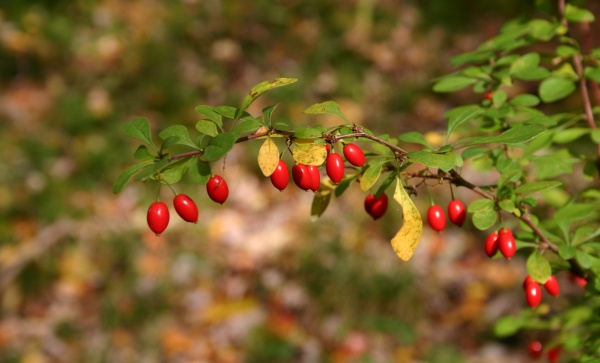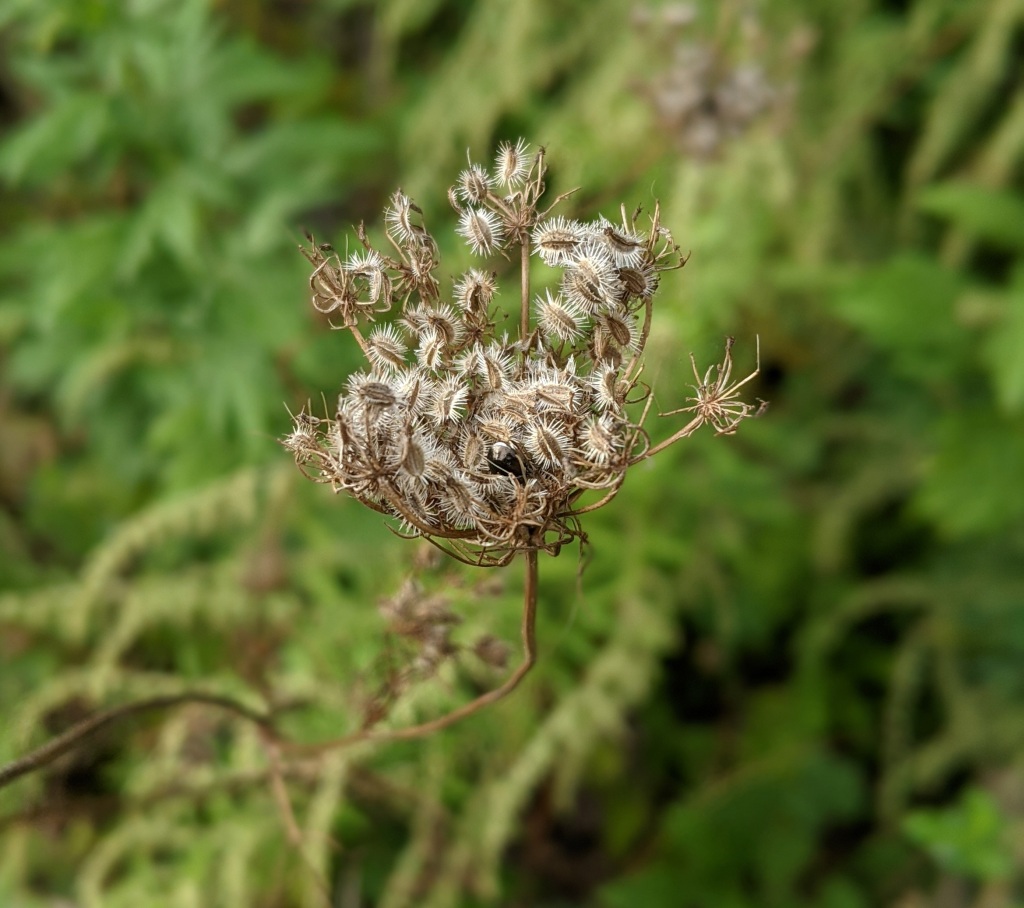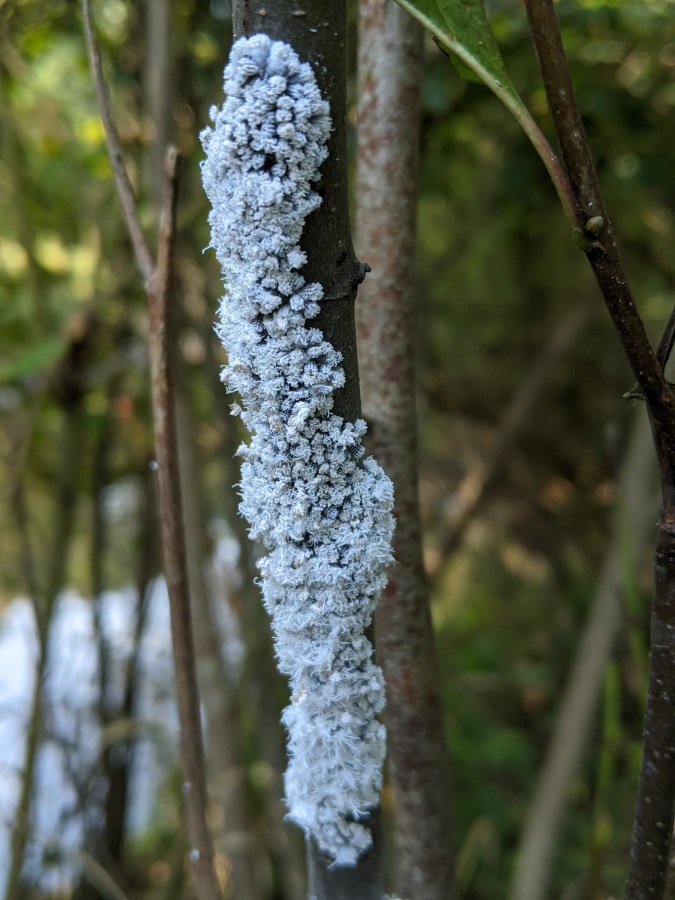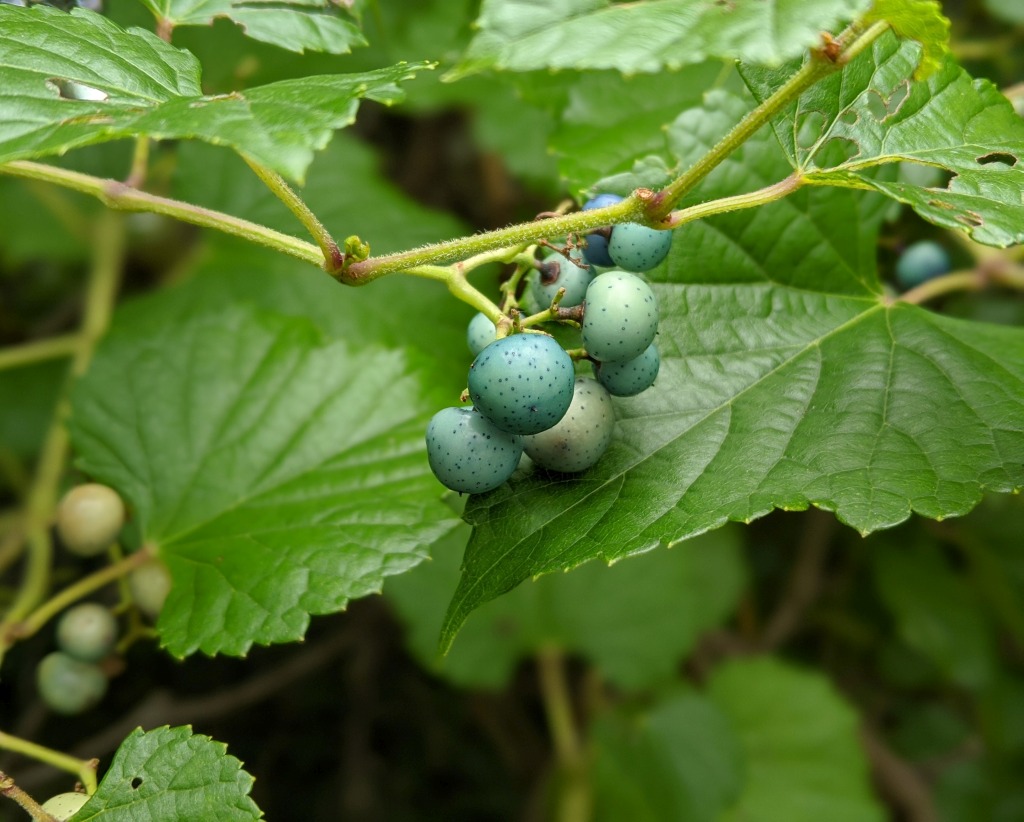
7 November 2020
Pittsburgh’s weather has been down-and-up from 30 degrees F + snow on Monday to 70 degrees F + sun today. By the end of the week it was fun to spend time outdoors.
On Friday I noted that most trees in the City of Pittsburgh still have leaves but few were as colorful as the sweet gum (Liquidambar styraciflua), above, in Scheney Park. American goldfinches moved among the leaves searching for seeds in the sweetgum balls.
The return of warm weather reactivated insects who were hiding from the cold. On Thursday a leaf-footed bug walked up our living room window.

White-tailed deer seem to be everywhere, especially in the city parks. The rut is in progress so the deer are less wary of people and cars. Meanwhile small trees in Schenley Park show new damage after bucks rub the velvet off their antlers.

Some trees have the perfect defense against such assaults. Large thorns adorn the trunks of honey locusts (Gleditsia triacanthos). No buck rubs here!


The warm weather will continue next week. It’s (still!) time to get outdoors.
(photos by Kate St. John)








































